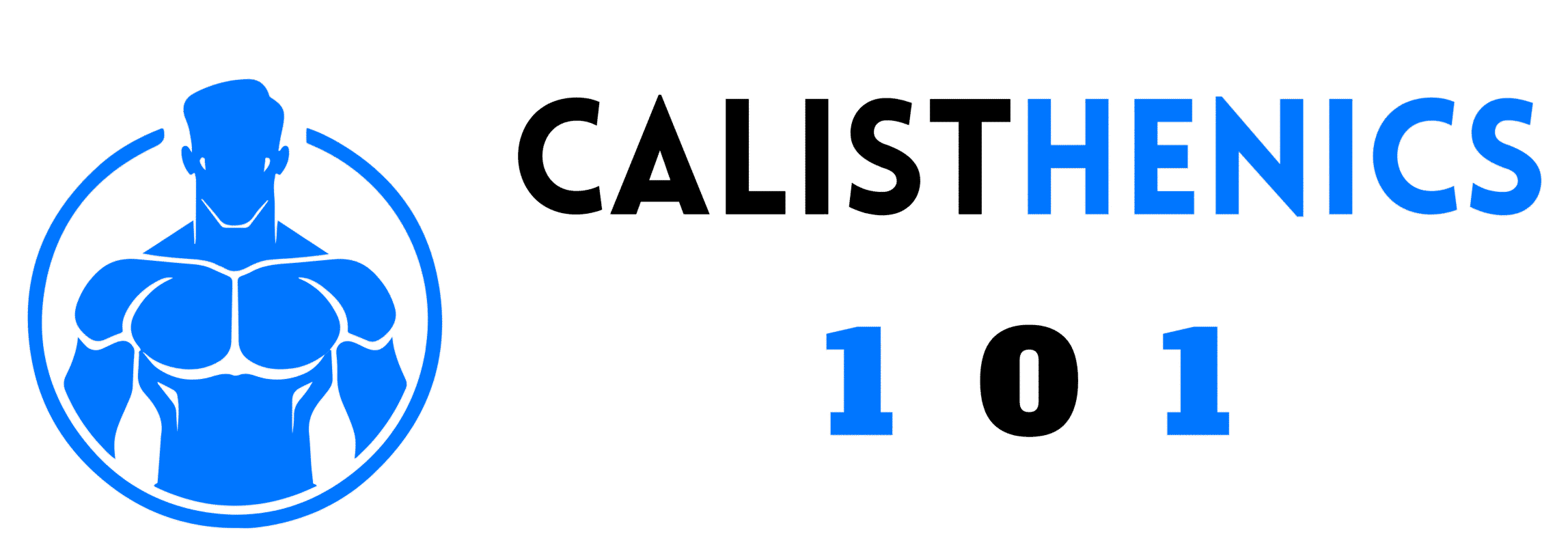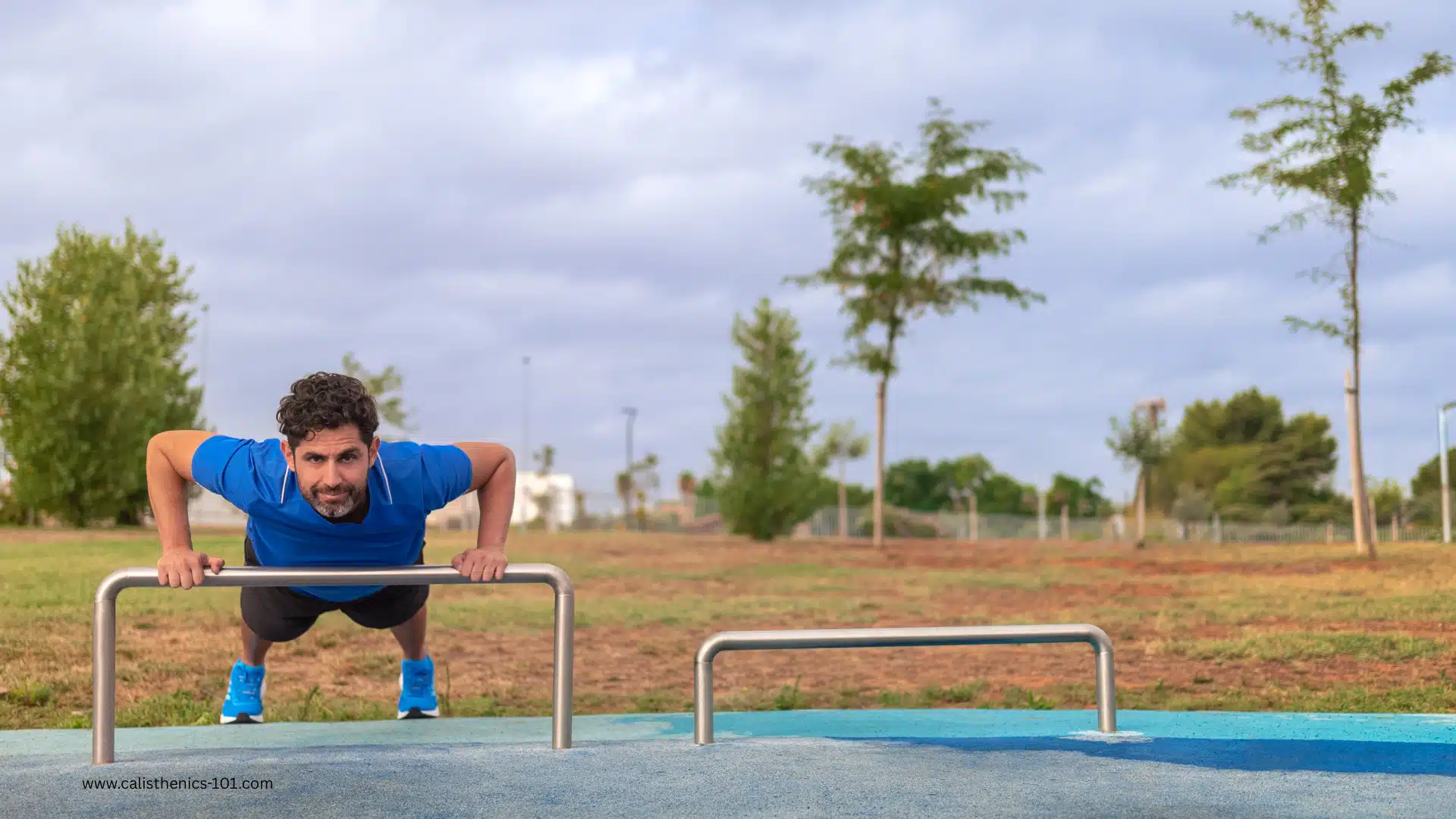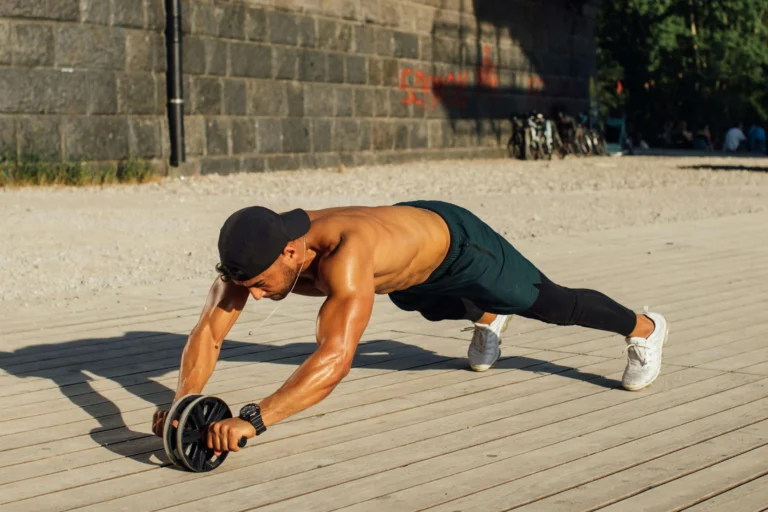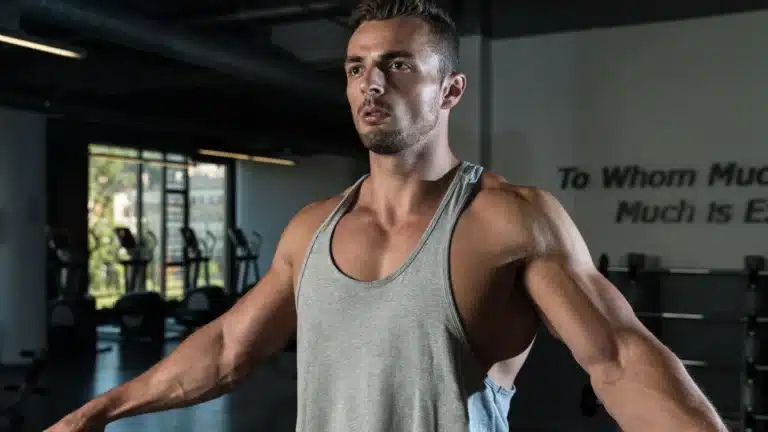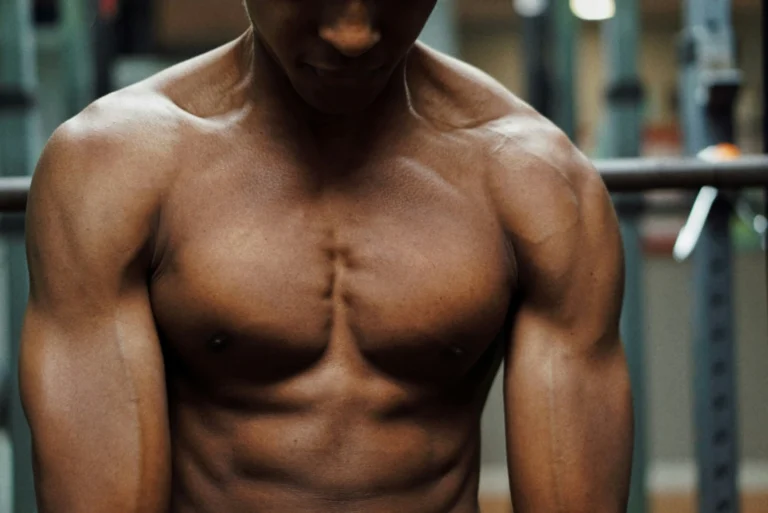Push Pull Legs Calisthenics: 3 Epic Days to Build Insane Strength!
If you want to build functional strength quickly, without stepping into a gym or lifting weights, then it’s time to master Push Pull Legs Calisthenics. This powerful and simple 3-day training split is one of the best workout plans to build muscle mass, especially if you’re training with just your bodyweight.
In this guide, you’ll discover how to create a highly effective PPL routine, learn how it accelerates your strength gains, and see exactly how to implement it into your weekly schedule. Whether you’re a beginner or already comfortable with bodyweight exercises, this routine can transform your training game.
What Is Push Pull Legs Calisthenics?
The Push Pull Legs calisthenics routine divides your workouts by movement patterns:
- Push Day: Focuses on pushing movements that target the chest, shoulders, and triceps.
- Pull Day: Targets pulling muscles such as the back and biceps.
- Leg Day: Hits your quads, hamstrings, glutes, and calves.
This split is time-efficient, promotes muscle balance, and reduces overtraining. Plus, it answers a common question among beginners: what is the best workout split? For bodyweight athletes, PPL is undoubtedly a top contender.
Why a 3-Day PPL Routine Works So Well
A 3-day split provides the perfect balance between training intensity and recovery. Here’s why it’s ideal:
- Sustainable: You only need to train three days a week.
- Efficient: You work each muscle group with focused intensity.
- Scalable: Whether you’re doing incline push-ups or full planche holds, this routine evolves with you.
Studies show that training each muscle group 1–2 times a week is optimal for muscle growth, which aligns perfectly with the push pull legs routine format.
The Science Behind Calisthenics Muscle Gains
You don’t need dumbbells or machines to gain size and strength. With Push Pull Legs Calisthenics, you use:
- Progressive overload through harder variations (e.g., archer push-ups, pistol squats)
- Volume manipulation: Add reps, sets, or reduce rest between sets
- Time under tension: Slow down your reps to challenge muscles more
Major Muscle Activation Chart:
| Exercise | Primary Muscles | Secondary Muscles |
|---|---|---|
| Push-Ups | Chest, Triceps | Front Deltoids |
| Pull-Ups | Lats, Biceps | Rear Delts, Core |
| Squats | Quads, Glutes | Hamstrings, Calves |
When you structure your PPL routine correctly, you’re hitting all major muscle groups in a balanced way, allowing for maximum strength development.
Your 3-Day Push Pull Legs Calisthenics Routine
Here’s a complete weekly structure you can follow. Each day targets specific muscle groups using only bodyweight exercises.
Day 1: Push
Warm-Up (5 mins)
- Arm circles
- Wall shoulder mobility
Main Workout
- Push-Ups – 4×12-15
- Dips (on chairs or dip bars) – 3×8-10
- Pike Push-Ups – 3×10
- Diamond Push-Ups – 3×12
Finisher: 1-minute push-up hold (isometric)
Cool Down: Chest and triceps stretch
Day 2: Pull
Warm-Up
- Scapular pull-ups
- Arm swings
Main Workout
- Pull-Ups (or Inverted Rows) – 4×6-10
- Chin-Ups – 3×8
- Towel Rows (for grip strength) – 3×10
- Negative Pull-Ups – 2×5 (slow descents)
Finisher: 1-minute dead hang
Cool Down: Biceps and lat stretches
Day 3: Legs
Warm-Up
- Bodyweight squats
- Hip openers
Main Workout
- Squats – 4×20
- Bulgarian Split Squats – 3×10 each leg
- Glute Bridges – 3×15
- Calf Raises – 3×25
Finisher: Wall Sit – Max Hold
Cool Down: Hamstring and quad stretch
Weekly Schedule Examples
Choose what fits your lifestyle:
| Day | Example 1 | Example 2 |
| Monday | Push | Pull |
| Wednesday | Pull | Push |
| Friday | Legs | Legs |
This flexible setup makes it one of the best workouts to gain muscle while respecting your recovery.
Modifications for All Levels
Beginners
- Use incline push-ups
- Do inverted rows instead of pull-ups
- Do supported squats or wall sits
Intermediate
- Add slow tempo reps
- Shorten rest periods
- Progress to unassisted dips and pull-ups
Advanced
- Start handstand push-up work
- Try one-arm push-ups
- Add explosive movements (e.g., jump squats)
Do You Need Equipment?
Minimal equipment can boost your Push Pull Legs Calisthenics results:
- Pull-Up Bar: Essential for vertical pulling
- Dip Bars or Chairs: For dips and rows
- Resistance Bands: Assist or resist exercises
These tools enhance variety and help you scale your PPL routine more efficiently.
Nutrition and Recovery Tips
You won’t get stronger if your body isn’t properly fueled and rested.
Nutrition for Strength Gains
- Prioritize lean proteins, complex carbs, and healthy fats
- Eat enough to support recovery
- Stay hydrated
Sleep & Recovery
- Aim for 7–9 hours of sleep nightly
- Use active recovery days (light cardio, stretching)
- Track your performance weekly
These small changes will amplify the gains from your push pull legs routine.
Common Mistakes to Avoid
- Skipping Warm-Ups: Increases injury risk
- Bad Form: Reduces effectiveness, especially on push and pull days
- Doing Too Much Too Soon: Leads to burnout or injury
- No Progression Plan: Without progressive overload, strength stalls
Frequently Asked Questions
Can I build muscle with just bodyweight and a push pull legs calisthenics routine?
Absolutely. With consistency and progressive overload, this is one of the best workouts to gain muscle naturally.
Is the 3-day PPL routine enough to get stronger?
Yes, especially if you train with intensity and manage your recovery.
What if I can’t do pull-ups yet?
Start with inverted rows or band-assisted pull-ups and work your way up.
How long should each workout last?
Roughly 30–45 minutes including warm-up and cooldown.
Is this the best workout split for beginners?
The push pull legs calisthenics split is simple, balanced, and beginner-friendly.
Start Your Strength Journey Today
You don’t need a gym, weights, or fancy programs to get strong. With just three days a week, the Push Pull Legs Calisthenics method will help you build serious strength and muscle using nothing but your body.
Apply this PPL routine consistently, stay patient, and push yourself week after week. Ready to get stronger fast?
Bookmark this guide, share it with a friend, and take your first step toward mastering your bodyweight training journey.
